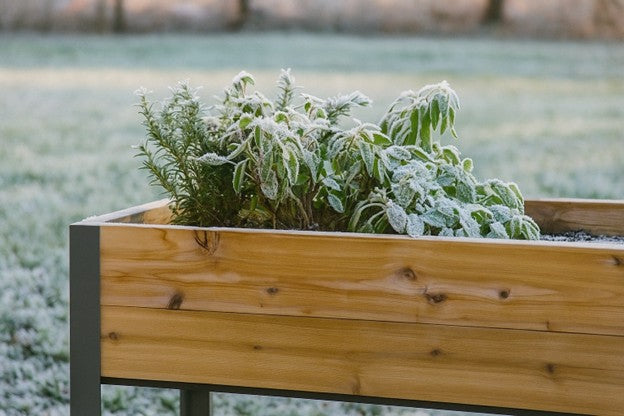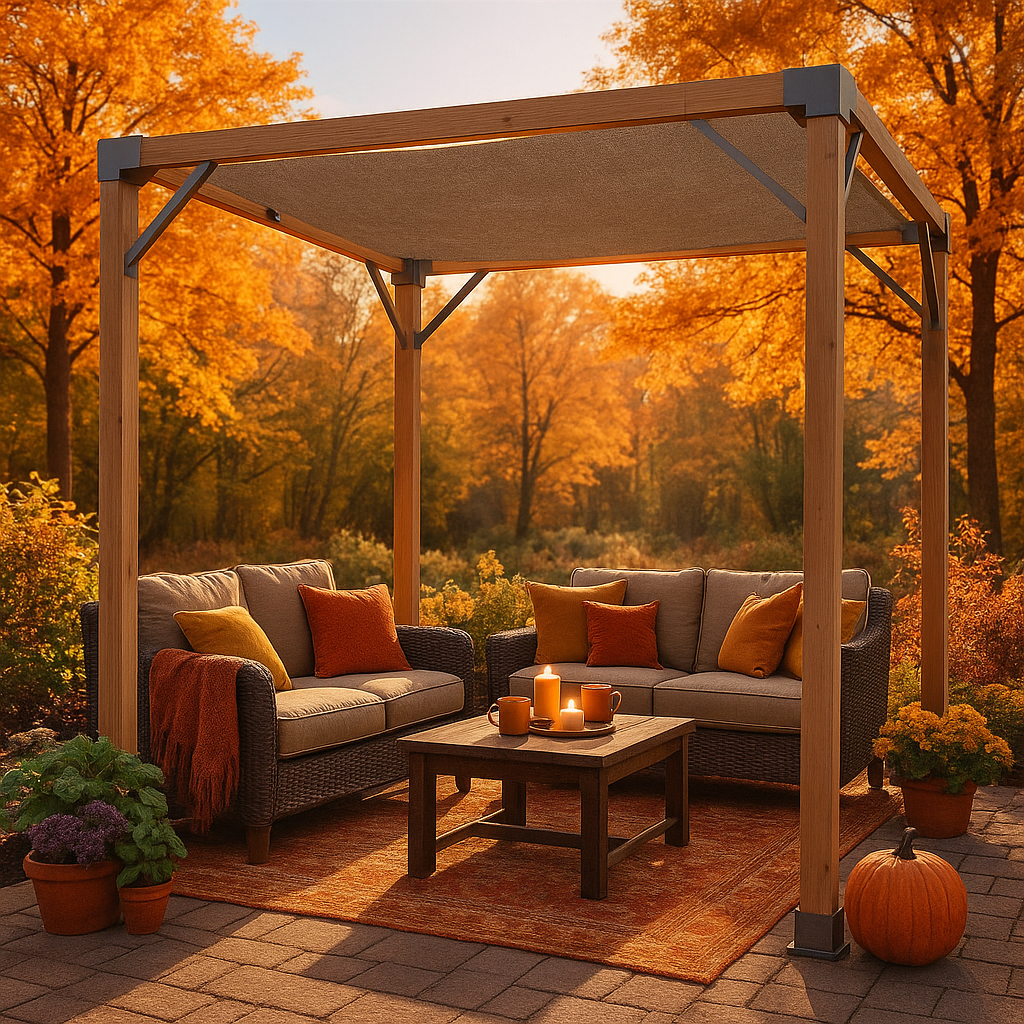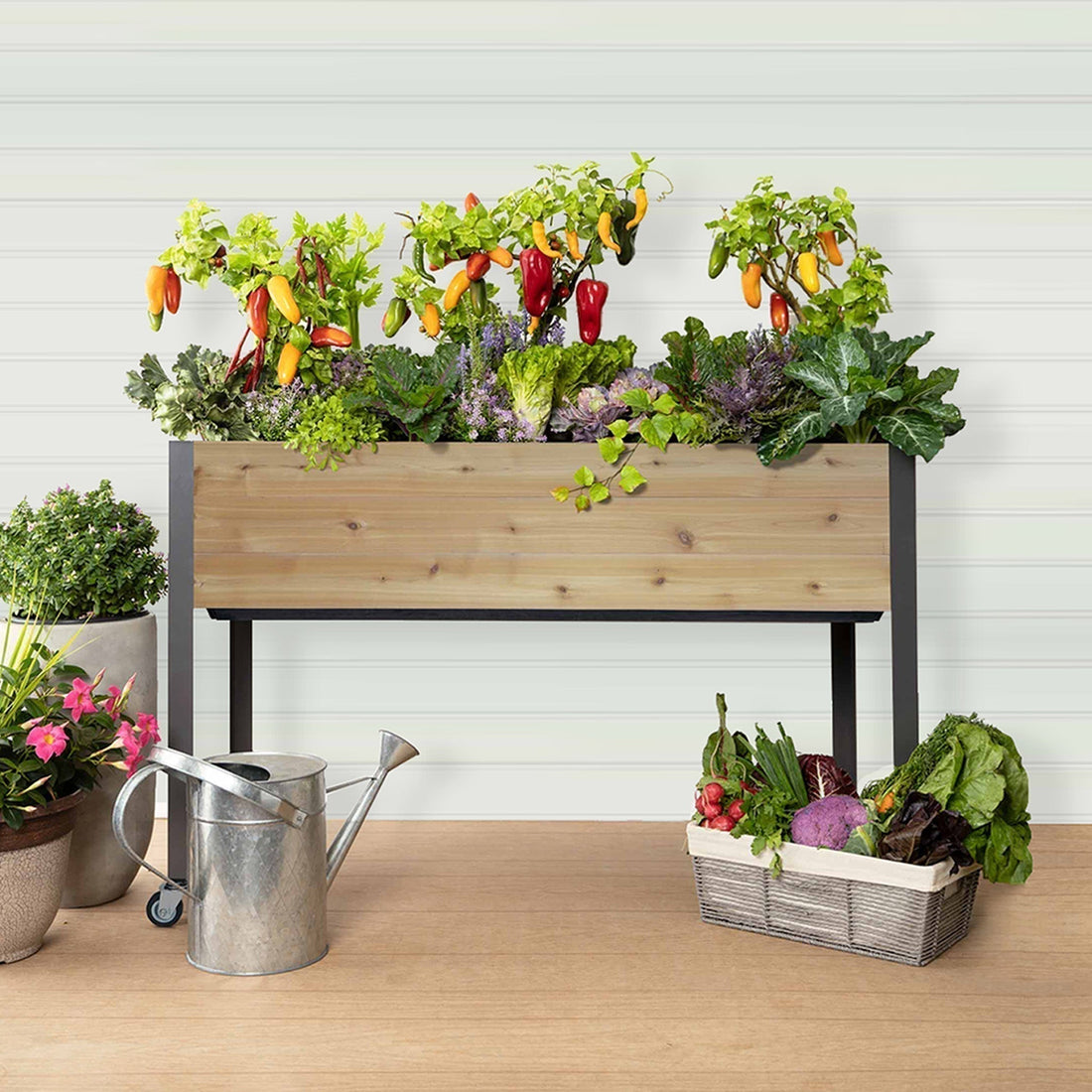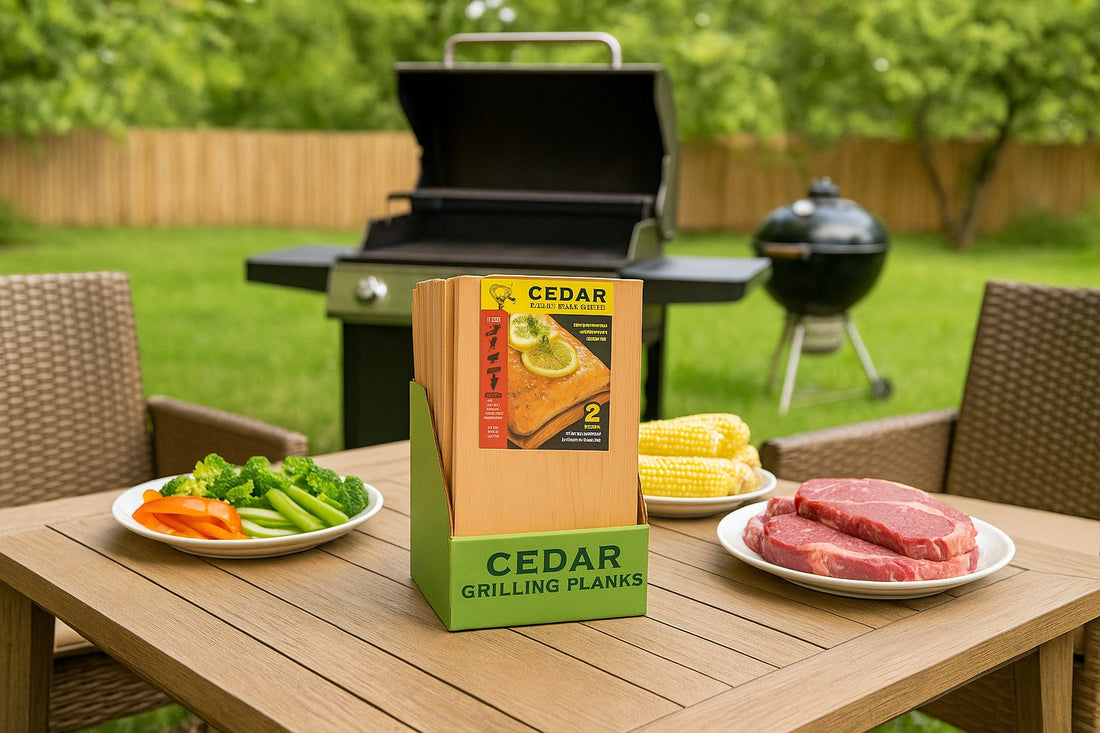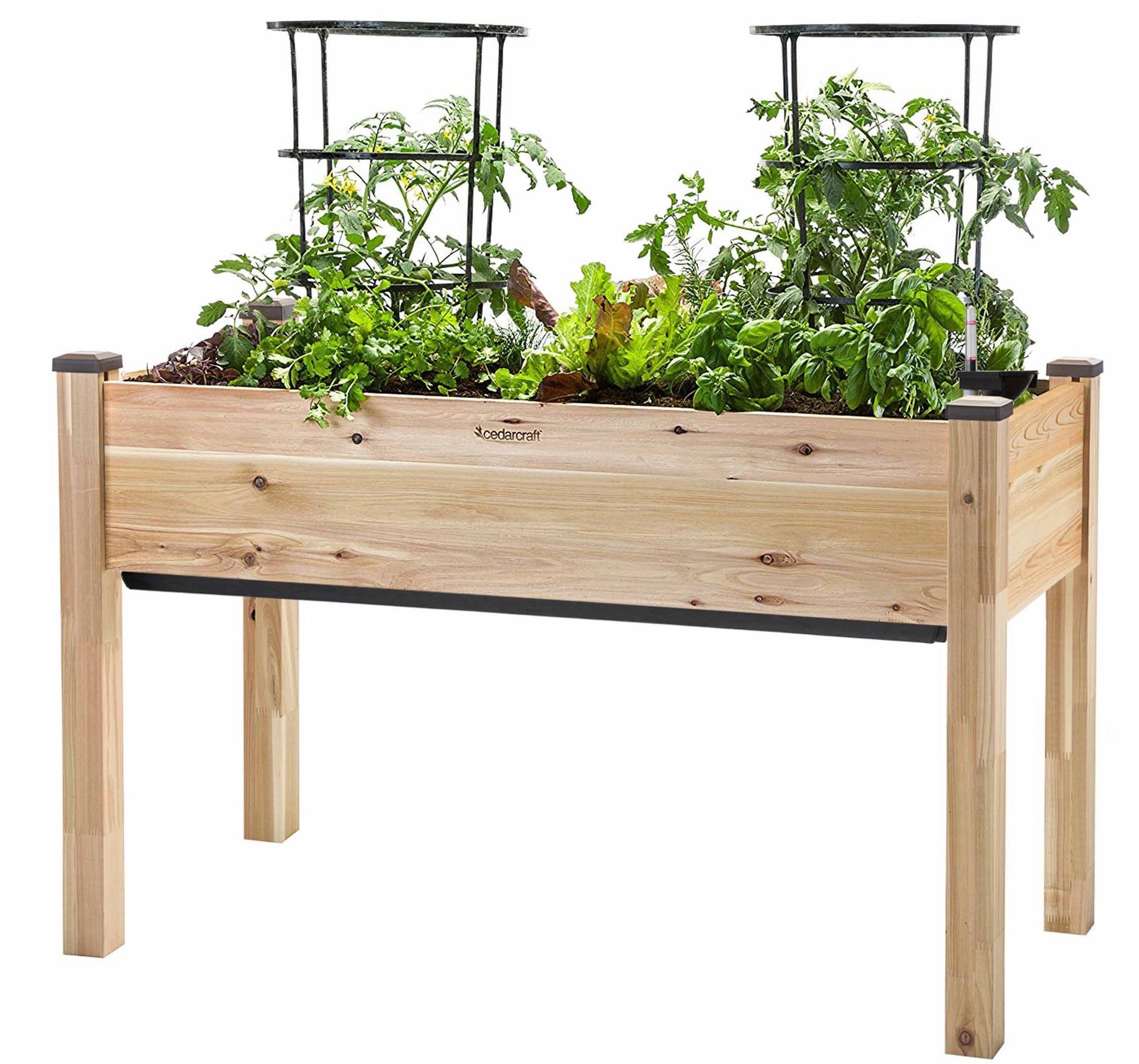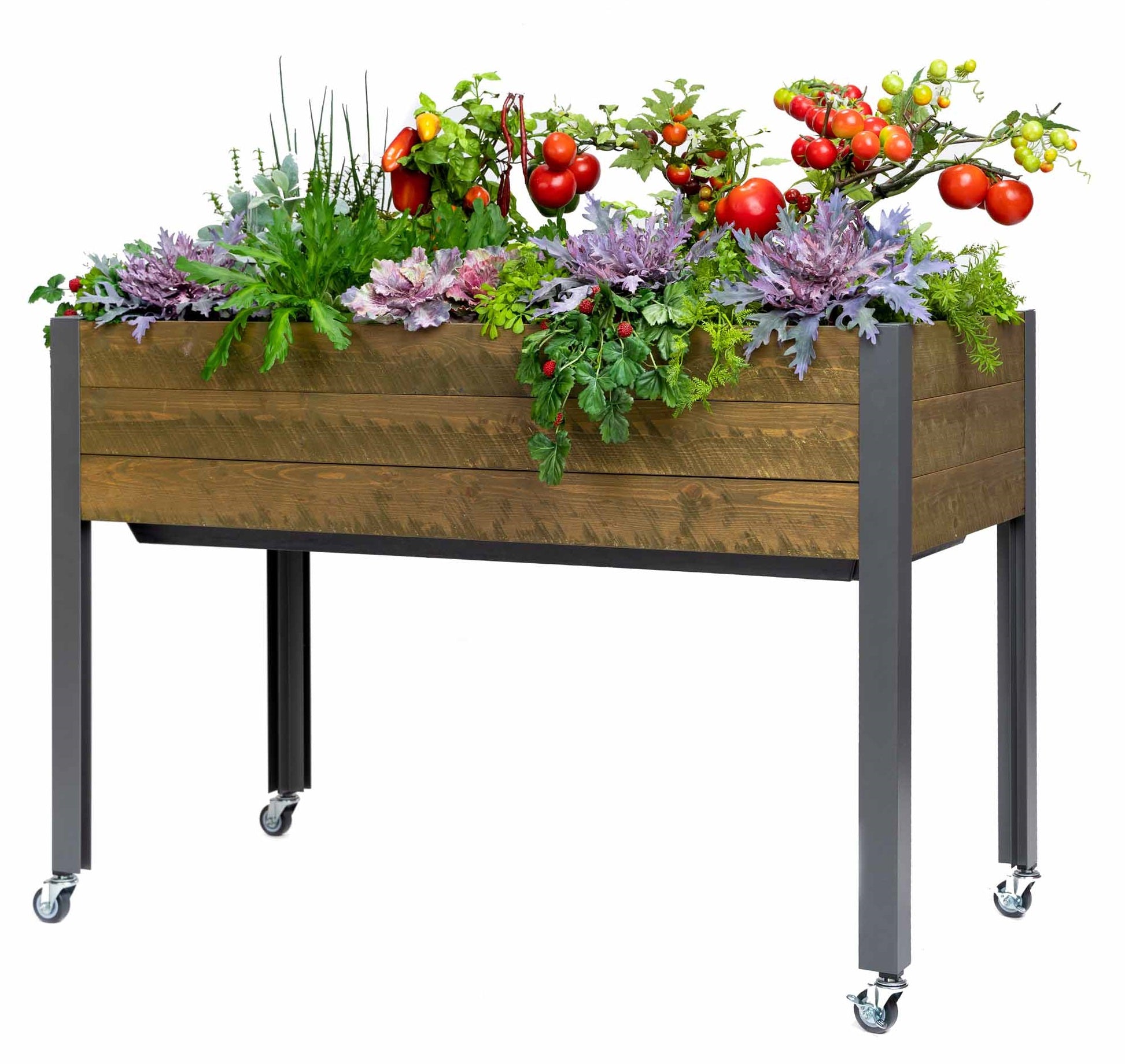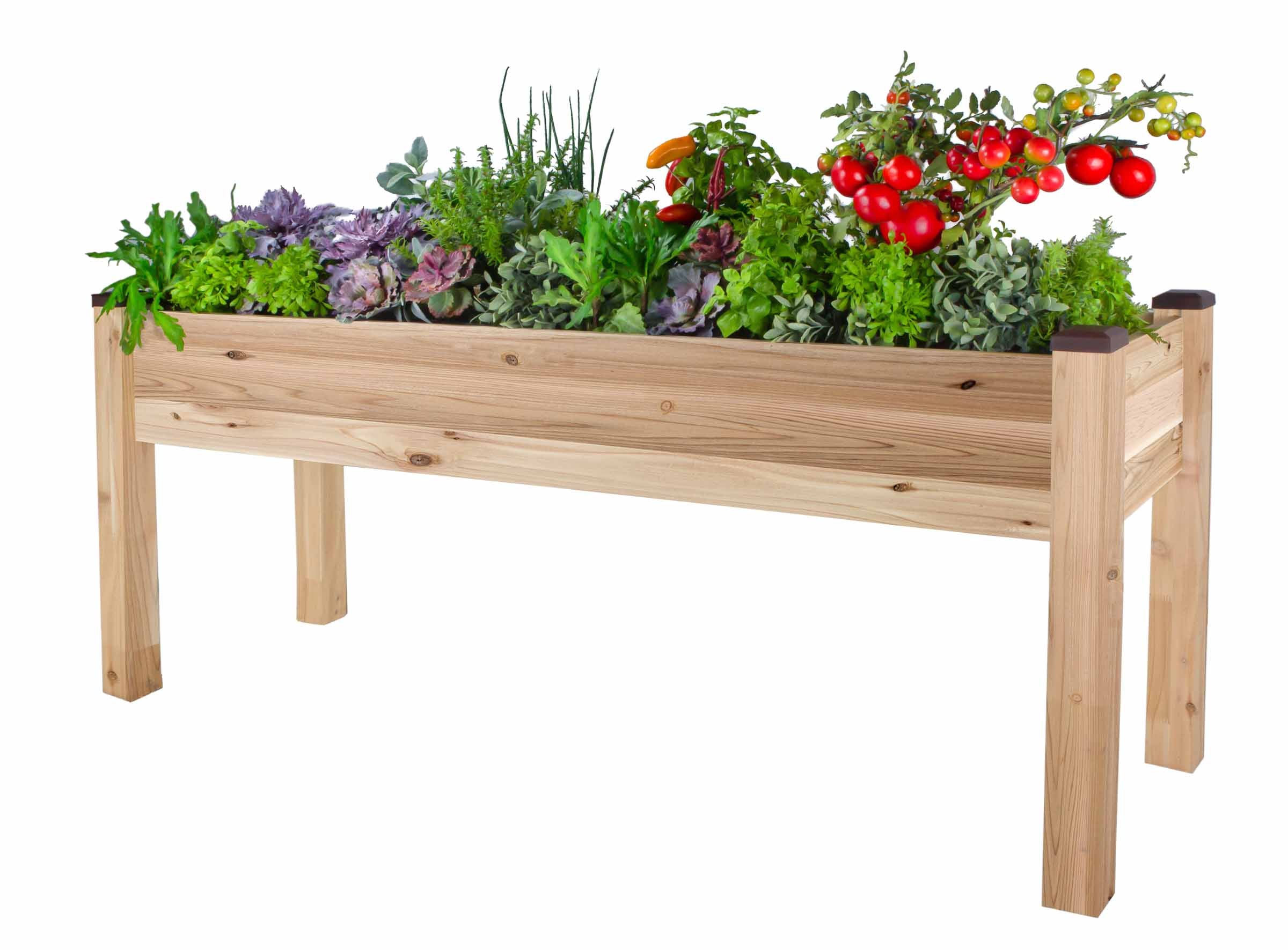Back in college in Ohio, I once walked out to my car and found it literally frozen shut — like a block of ice on wheels. I gave it one good tug, decided it wasn’t worth the frostbite, and went straight back to bed. Ahhh, college days — when you could just go back to bed without the kids missing school or you missing a meeting.
So yes, I’ve seen real cold. The kind where you wear your shoulders around your ears just to stay warm. (When I lived in Colorado, my boyfriend used to walk behind me and gently push my shoulders down — I think he was afraid they’d stay there.)
These days, though, I’m in Texas — land of the “is-it-fall-or-is-it-July” weather. We’ll have an 82° afternoon, and two days later, I’m out there covering my planters, expecting a scene from Frozen.

Every year, without fail, my poor basil waves the white flag as soon as the thermometer dips below 40°F. But this year, I’m trying something new — building a DIY cover to see if I can extend the growing season through the next cold snap that’s headed our way. Because yes, it’s supposed to hit 32°F, and I’m not ready to say goodbye to fresh herbs just yet.
If you live somewhere that gets cold but doesn’t stay cold — or you’re up north bracing for the deep freeze — understanding the difference between frost, freeze, and chill can help you decide when to panic, when to prep, and when to just pour another cup of cocoa.
Frost vs. Freeze vs. Chill — What’s the Difference?
It all sounds the same until your plants start drooping. Here’s the quick breakdown:
- Frost happens when moisture in the air freezes onto surfaces like leaves, grass, or car doors (trust me). It usually occurs on clear, still nights when the temperature dips close to freezing but not for long.
- Freeze means the actual air temperature drops below 32°F long enough for the cold to penetrate soil and plant tissue. That’s when cells burst and you get that sad, wilted look by morning.
- Chill is what we get here in Texas — temperatures that yo-yo between summer and shiver. Plants don’t get a chance to adjust, so they often suffer more from the swings than the cold itself.
If you’re in colder regions like Ohio, Idaho, or New York, you get the full winter residency package — sustained freezes, frozen soil, and snow that sticks around. Down south or along the coast, like in Southern California, you might only see a real frost once a year. Still, that one night can do more damage than a week of steady cold.
What Happens to Plants When It Gets Cold
When temperatures drop suddenly, plant cells freeze from the inside out. Ice crystals expand, cell walls rupture, and when the sun hits them the next day, they collapse into sad, soggy heaps.
It reminds me of when we lived in New York and planned a vacation to the Florida Keys. The airline called to say a storm was coming — we could either leave in three hours or wait four days. With two little kids (one and two years old), I wasn’t about to stay snowed in. Picture me running around packing for four people in thirty minutes. We made it, the trip was amazing, but… we left a case of seltzer in the car.
When we got back from our sunny escape, the car looked like a fizzy explosion had gone off inside. Every can had burst, spraying sticky seltzer across the seats, the windows, the ceiling — everywhere. It had warmed up just enough to turn the mess into a syrupy disaster.
That’s basically what happens to plant cells after a hard freeze — everything expands, cracks, and leaks. Messy, sticky, and not pretty.
Some plants handle this better than others:

- Perennials: usually shrug off short cold snaps if they’re mulched and happy.
- Tropical plants and tender herbs (like my basil): can’t handle temps below 40°F — they droop fast.
- Leafy greens (kale, spinach, arugula): can survive light frosts.
Root veggies (carrots, beets, garlic): pretty tough — they actually get sweeter with frost.
DIY Covers That Actually Work (and Some That Don’t)
When the forecast hints at frost, covering your plants helps trap the earth’s warmth and keeps frost from forming directly on leaves. But there’s a right way to do it.
Here’s my go-to quick setup for raised beds or large planters:

- Grab four wooden stakes — about 4 feet tall — and stick one in each corner of your planter.
- Drape a frost cloth, old sheet, or lightweight fabric over the top. Make sure it extends all the way to the soil line — you’re creating a tent.
- Secure the edges with clips, bricks, or clothespins so the wind doesn’t undo your good intentions.
- Optional bonus: run a strand of old-fashioned (non-LED) Christmas lights underneath for gentle warmth. It’s not only practical — it’s downright magical. I did it in this picture, and my plants survived :)
- Or just do it the easy way: grab a greenhouse cover — CedarCraft’s fits perfectly over planters and takes the guesswork out of sudden cold snaps.
If you don’t have time for any of that, get creative:
- Laundry baskets over smaller plants work in a pinch.
- Cardboard boxes can cover delicate herbs overnight.
- But avoid plastic touching the leaves — it traps moisture and can do more harm than good.
And remember: uncover your plants once temps rise again. You’re protecting them from frost, not holding them hostage. A sunny morning under fabric can turn into a sauna fast.
When to Save It, When to Let Go
Here’s the tough-love section: sometimes you just have to let nature take the lead.
If your plant’s leaves have turned black and mushy or the roots smell off, it’s time to compost and move on.
Don’t beat yourself up — every gardener has lost a favorite plant to an unexpected cold snap. (I’m looking at you, basil.) Instead, think of it as part of the rhythm. Some seasons are for growing; some are for resting, planning, and trying again — maybe with sturdier setups for next time.
“Plants — like people — can only handle so much drama. Sometimes they need a reset.”
Wrap-Up: Be Ready for the Weather Whiplash
Cold weather doesn’t have to mean garden heartbreak. Check overnight lows, keep a few old sheets or a roll of frost cloth handy, and don’t underestimate how fast that first frost can sneak in.
Whether you’re tending raised cedar planters or a backyard bed, a little preparation goes a long way toward keeping your plants thriving through every “gets cold but doesn’t stay cold” moment.
And if you’ve ever used a laundry basket, a cardboard box, or your kid’s old blanket to save a plant — I’d love to hear it. Drop your best frost-hack stories in the comments below.

Author Bio:

Mischelle Raftery is the Backyard Hopeful — a writer, former chef, and reformed plant neglecter who’s survived both Texas heat and Ohio ice. She writes about real-life gardening with a cup of cocoa in hand and dirt under her nails.


